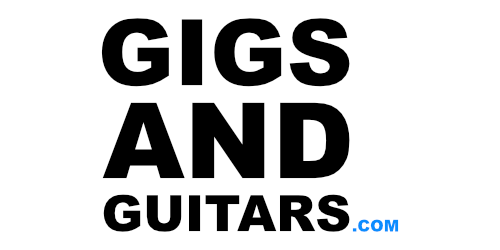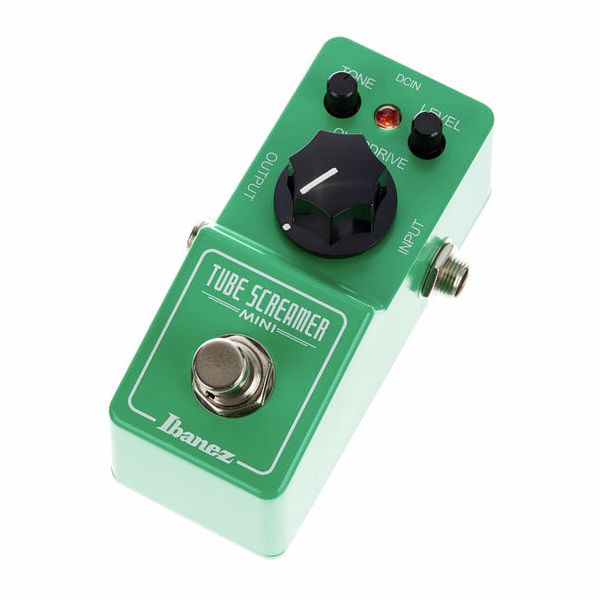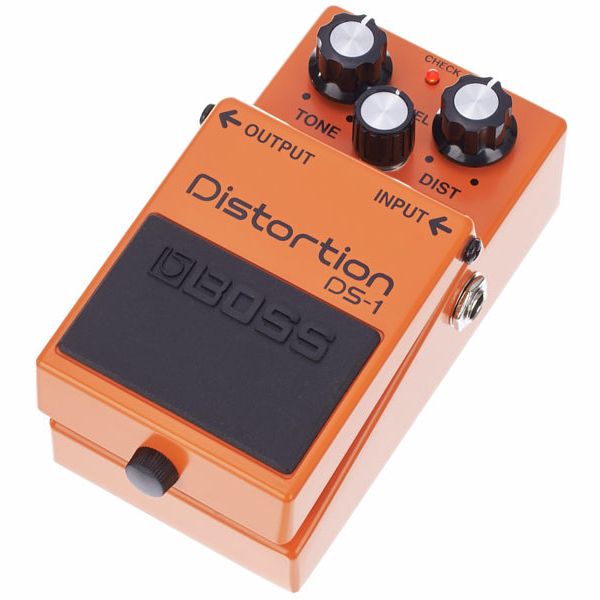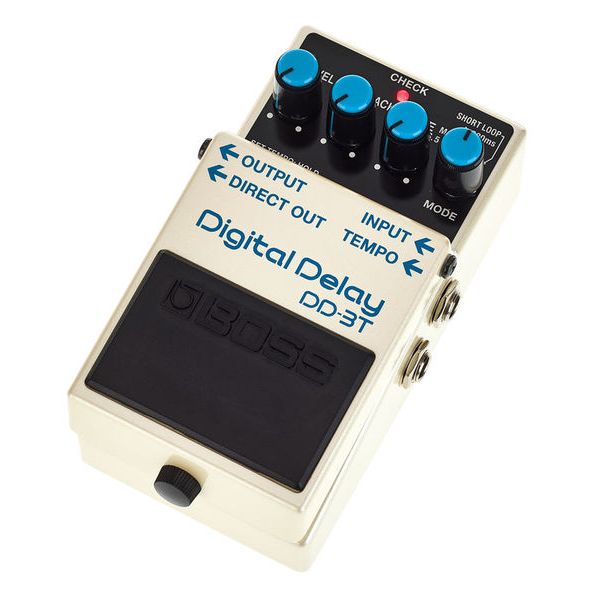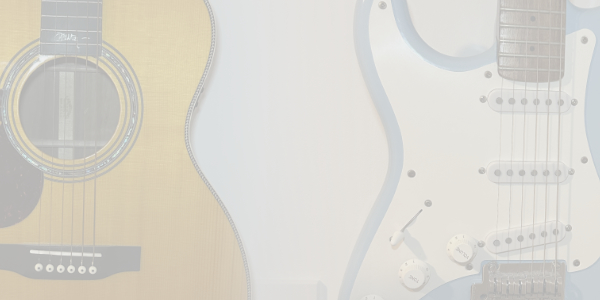
Beginner Guitar Pedals – What Guitar Pedal is best for Beginners?
Introduction
It’s time for another article recommending beginner gear! This time, we’re focusing on beginner guitar pedals. What pedals should you consider buying, and why? Guitar pedals can enhance your playing experience in various ways! While they won’t make you a better player directly, they can help you get creative, expand your tonal range, and inspire you to play more. An inspired player is a player who practices more and, as a result, gets better!
Now, of course, I’d argue that pedals aren’t a top priority. A good amp and a playable guitar should come first. I’d rather you spend your pedal budget on a proper guitar setup than on a pedal! However, if you’re ready to add a pedal to your rig and are looking to expand your gear and tonal options, then let’s dive straight into our first suggestion—a true classic!
Check out our other beginner gear guides using the links below:
Best Beginner Guitars Pedals!
So for the best beginner guitar pedals, we wanted to recommend something that was going to inspire and help you reach a sound or style you were aiming for! So below are three different genres and a pedal for each one, hopefully this gives you an idea on what you should look for and also why you should look for certain pedals!
Please remember that these pedals aren’t locked down to these three genres, you can use any pedals with any genre (Within reason), however, some pedals do lend themselves more to certain types of playing and music shall we say. So let us begin with our first pedal, the Blue and Rock king!
Blues/Rock: Ibanez Tube Screamer Mini
Take a look at any blues or rock player’s pedalboard, and I’m certain most of them will have some variety of a Tube Screamer on there—and for good reason! However, the full-sized versions can be quite expensive, as are most mass-produced clones. Fortunately, Ibanez offers a Mini version that is both affordable and sounds amazing (we reviewed it here).
As the name suggests, the Tube Screamer was designed to boost and “scream” your tubes, pushing your amp into warm, lush overdrive while providing a mid boost that helps you cut through the mix and be heard. What’s great about this pedal is its versatility. The first way to use it is to push the front of an amp: keep the gain low and the level high to achieve that SRV or John Mayer sound. Second, you can use it as a solo boost; again, keep the gain low and the volume high to give your solos an extra lift. Finally, you can use it as a gain pedal by cranking up the gain to get a lovely medium to high-gain sound.
However, not everyone loves the Tube Screamer. It has a distinct mid push that some players love and others don’t. So, it’s worth listening to a few demo sounds (check out our sound samples here) to see if you like what it offers. If you’re after something heavier and meatier, the next pedal might be perfect for you!
Metal: Boss DS-1
When it comes to metal, many people might assume I’d recommend a Metal Zone. While this pedal can sound great (check out Biffy Clyro for proof), it takes a lot of tweaking to get it right, so I don’t think it’s ideal for beginners. Instead, I highly recommend the trusted Boss DS-1! It’s a staple, a classic, and still a bargain for what it offers. The Boss DS-1 is a versatile distortion pedal, and many grunge and hard rock players have a DS-1 (in some form) on their board.
As usual, Boss has made this pedal incredibly affordable. You can pick one up new for £60–£70, or find a second-hand one for even less! It’s wild value for money, considering the sounds and build quality. This was my first-ever guitar pedal, and I loved it! If you don’t believe me, I even had the pedal tattooed on my skin—it means that much to me!
We could have also recommended a Tube Screamer since it’s commonly used in metal, but we wanted to suggest something that delivers a true metal sound, not just shapes one. Why? Because stomping on a pedal and getting a huge distortion sound is fun and inspiring!
Universal: Boss DD-3
I believe delay is an effect that can be incredibly useful in multiple ways. Of course, you can use it as a delay, but you can also use it to add a bit of thickness to your sound. Set a mid-length delay time, keep the level fairly low, and just leave it on. And what better delay pedal than the Boss DD-3? It’s a classic and much-loved delay! Being a Boss pedal, it’s built like a tank, comes at a great price, and if you’re worried about its professional quality, Joe Bonamassa uses one!
You might be wondering, “Why recommend a digital delay?” Well, simply put, analog delay is wonderful and fun, but it has a very distinct sound. A digital delay is more versatile, and for most of your playing, a digital delay will be just fine! There’s no better digital delay than the Boss DD-3. It’s mid-range in price, though it can vary depending on where and when you buy it (be sure to check second-hand deals). But with Boss pedals, you can be sure it will last forever—buy it once and never again!
However, it’s not all good news. Being a fairly basic delay pedal, the DD-3 lacks features like tap tempo (depending on the model) or presets. So, if you plan to use presets, tap tempos, and patches, you might want to consider something like the Boss SDE-3000D (check out our review here). It offers more features, more switches, and more sounds, but it also comes at a much higher price!
Conclusion
Hopefully you found this article on best beginner guitar pedals very useful! Maybe it will help you make your first pedal purchase! If we have forgot any pedals, or you can think of any pedals we need to check out then please drop us an email here!
If you aren’t after pedals, but after an amp or a guitar make sure to check out our other beginner guides at the top of the page! We plan to cover everything about guitars and beginners!
If you want to support the site then please give us a follow on Instagram and subscribe to our YouTube.
Check out our other Articles here
